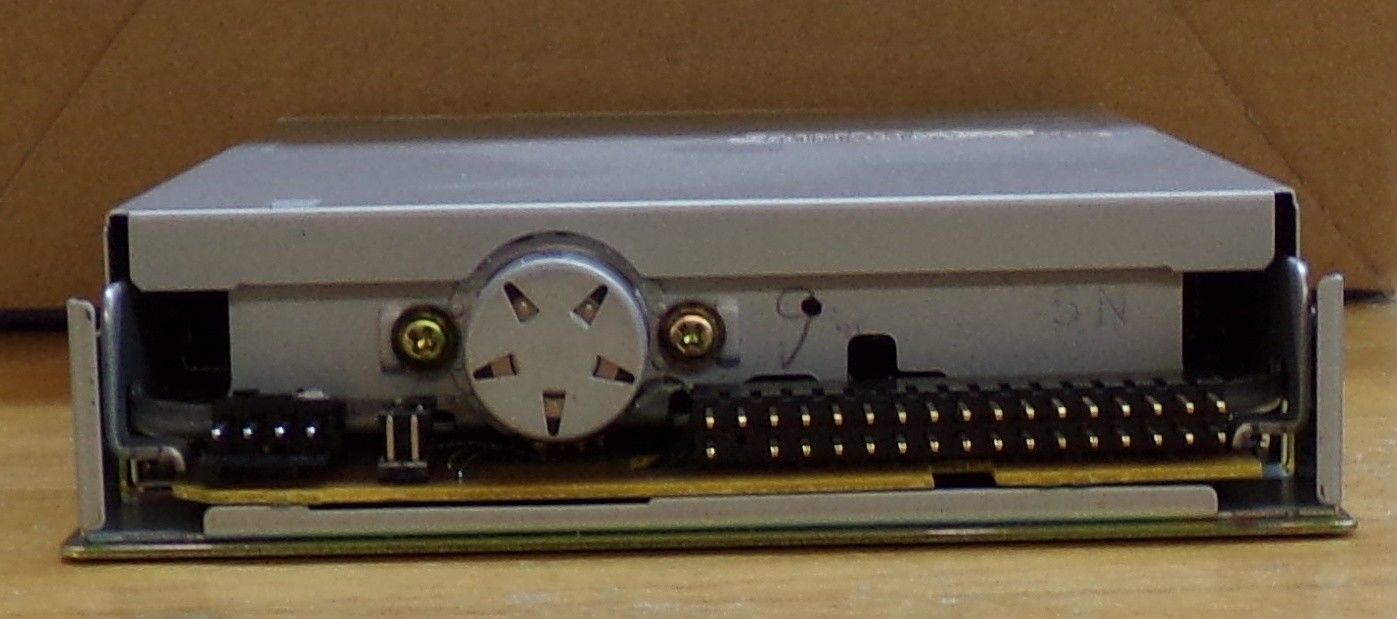



Most of the companies still using floppy disks are small businesses or companies running on tight margins who either simply never got around to upgrading their equipment or found it too expensive to do so.ĭavit Niazashvili, a maintenance manager at Geosky, a cargo airline based in Tbilisi, Georgia, still uses floppy disks to apply critical updates to two 36-year-old 747-200s, which were originally delivered to British Airways in 1987: “When an update is released, we need to download it to two 3.5-inch floppy disks. It’s really something that should no longer exist.” Advertisement “I personally think that the floppy disk should die,” says Florian Cramer, a writer and filmmaker who, in 2009, shrank every Oscar-nominated film from that year into animated GIFs on two floppy disks, as a commentary on Hollywood’s digital piracy crackdown. Even though the last major manufacturer of floppy disks stopped making them in 2010, the machines that rely on them-from embroidery machines to plastic molding, medical equipment to aircraft-live on, relying on a dwindling supply of disks that will one day run out. I was concerned I wouldn’t be able to continue with the embroidery.”īack when Necaise’s Tajima machine was made, floppy disks were still in mass production-and were particularly popular in Japan, where they were used for official government procedures until last year. “I tried reformatting them in order to get them to work properly, but it didn’t work. “We started with eight disks, but four of them stopped working, which made me very uneasy,” he says. The only way to transfer the designs from his computer to the machine was via floppy disk. Necaise travels to horse shows around the state, offering custom embroidery on jackets and vests: “All of the winners would get a jacket and we’d put the name of the farm or the name of the horse or whatever on it,” he says.įive years ago, he paid $18,000 for a second-hand machine, manufactured in 2004 by the Japanese embroidery equipment specialist Tajima. When Mark Necaise got down to his last four floppy disks at a rodeo in Mississippi in February, he started to worry. Daniele Ciabatti/EyeEm via Getty reader comments 214 with


 0 kommentar(er)
0 kommentar(er)
